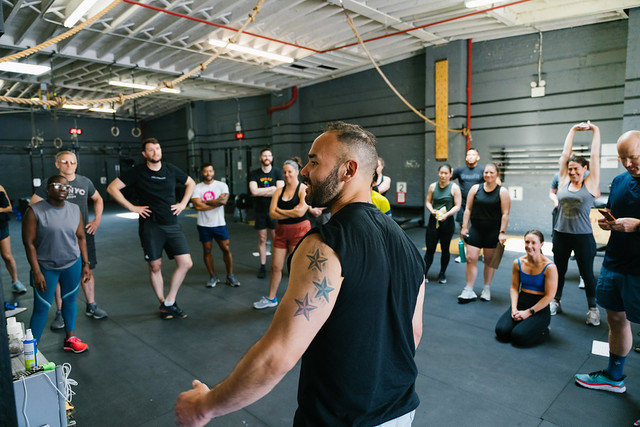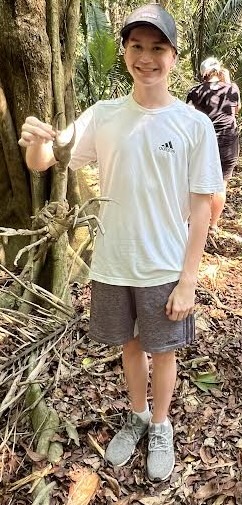A Brief History of Minnesota’s State Park System
Minnesota, known nationally as the land of 10,000 lakes, goes way beyond the water. Since 1891 the state of Minnesota has established over 64 state parks, 9 recreational areas, 9 way sides, and 23 walking trails. But this land did not protect itself, over 133 years of conservation efforts have paved the way for what we have today.
1891: Minnesota becomes the second state (after New York) to establish a state park after the founding of Itasca State Park.
1892-1922: The Minnesotan government forms 8 more state parks without a concrete process or plan.
1923: State auditor Ray P. Chase campaigns for a systemic approach when designating land for state parks. Prior to this point state parks were created by state auditors in addition to their traditional duties as well.
1925: The Department of Conservation is created, and tasked with managing Minnesota’s natural resources. State parks are a branch of the forestry division.
1935: State Parks are made their division to claim resources from federal New Deal era programs.
1971: The Department of Conservation is reformed into the Department of Natural Resources.
2011: La Salle Lake State Recreation Area becomes the most recent state park in Minnesota.
Throughout its long history, the Minnesota State Park System has supported millions of Minnesotans and their accessibility to nature. There’s a state park within 50 miles of every Minnesotan, no matter where you are in the state.
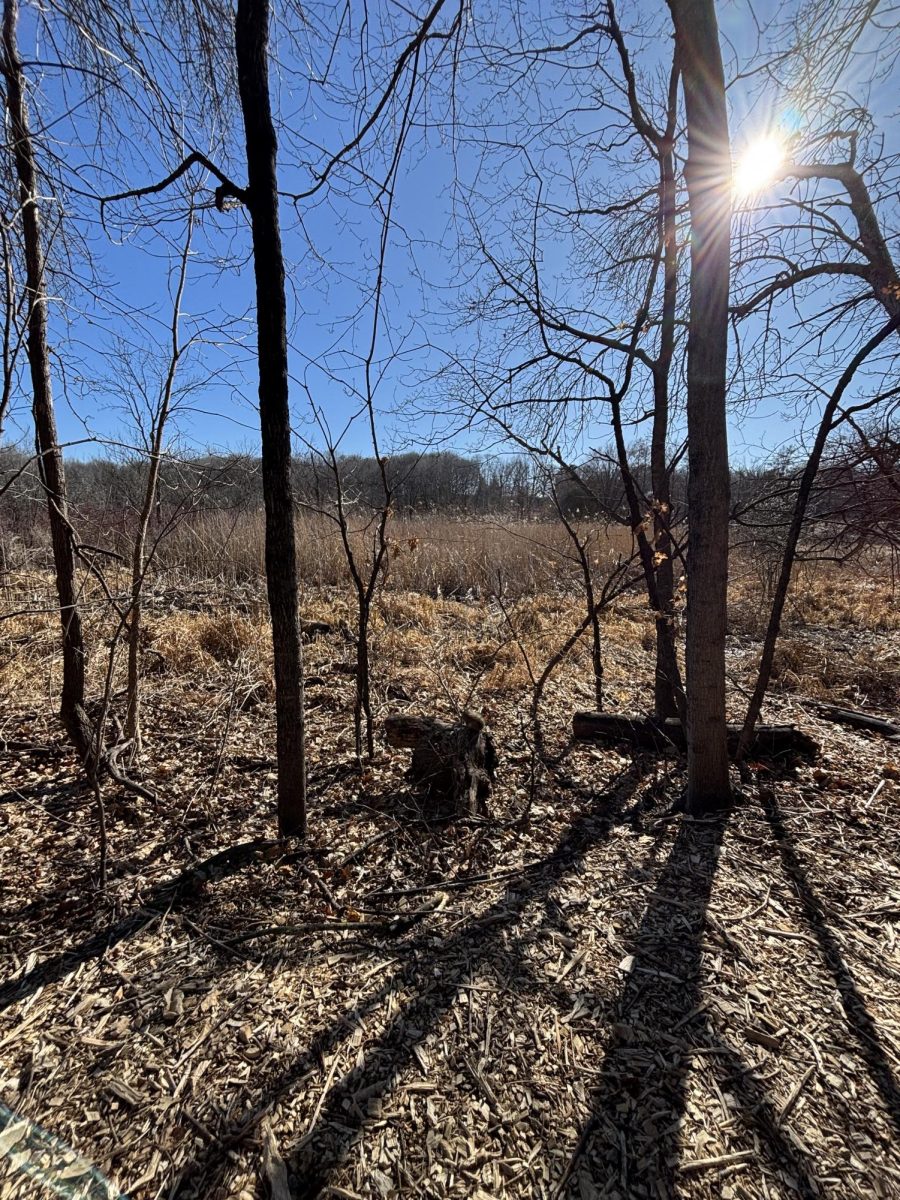
With its unique views, beautiful sights, and rich history, Minnesota’s state parks have, are, and will continue to protect the perfect nature in our wonderful state.
DNR Debrief: A Sit-down with Lauren Peck
I was given the honor of conducting a remote interview with Minnesota Department of Natural Resources Central Regional Information Officer Lauren Peck. When I started researching about green spaces in Minnesota one thing was clear to me, our local government cares more about nature than every other state in the county. I formed a deep appreciation for the DNR’s work toward protecting green spaces and making sure every Minnesotan has the opportunity to experience nature every single day. However, I still had a few questions about how the department works. Below are a few highlights from our conversation:
Q: How does the state decide where new state parks go?
A: The Department of Natural Resources follows the Minnesota State Parks and Trails System Plan. The plan determines how existing parks are managed and if needed, the process for creating new parks. It was created in 2015 and updated in 2019.
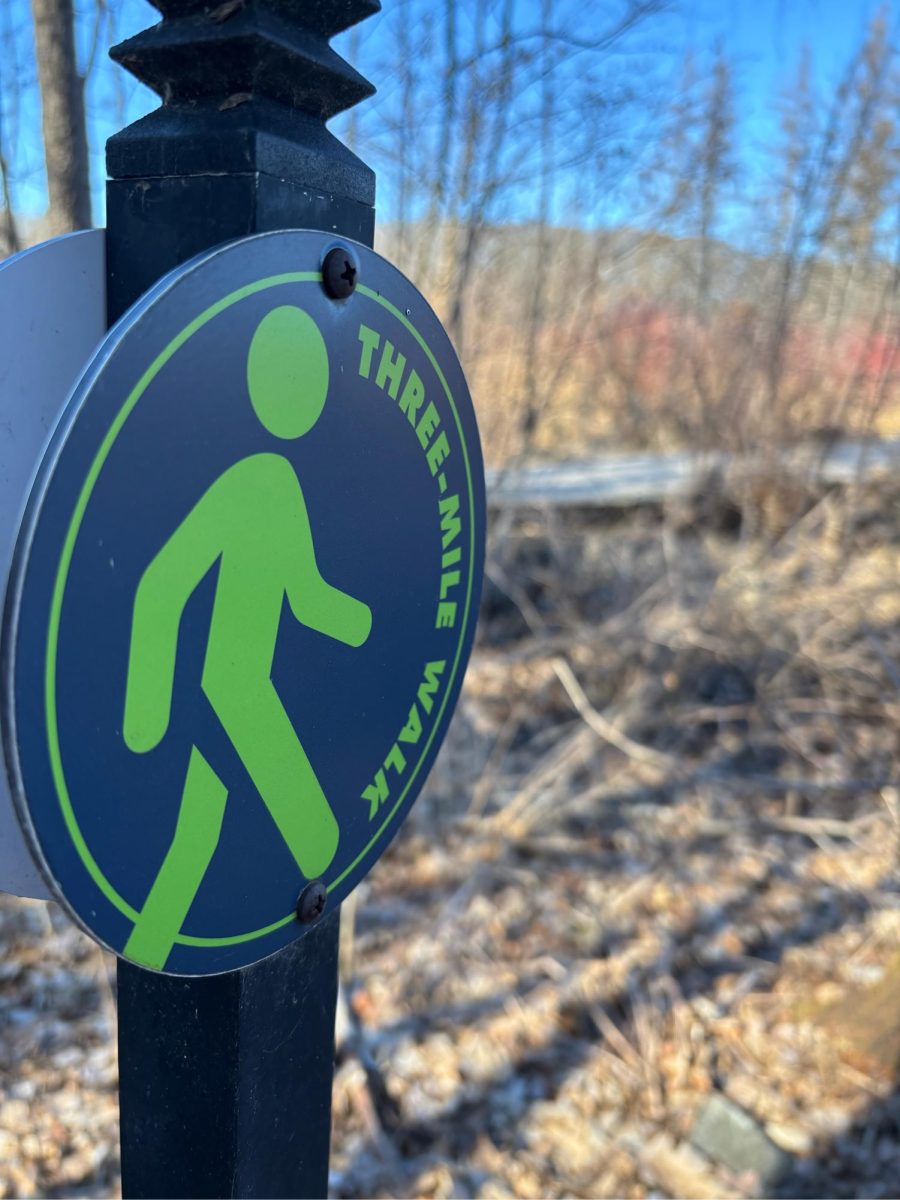
Q: What determines what activities and resources will be available at various state parks?
A: That is also determined by the system plan. It describes investment groups that categorize state parks, recreation areas, and trails and help guide the experiences that will be offered at said locations. The investment groups can change over time if needed, such as a new development or a new park.
Q: What are some of the improvements being made to state parks?
A: The biggest thing we’re working on is modernization. A lot of the complaints we get are about old and outdated campsites, buildings and roadways. New construction aims to redevelop and modernize parks to better meet the needs of our visitors.
Q: What are the ways that state parks are funded?
A: Our funding comes from a variety of sources. One of the big ones is from 14.25% of state sales tax that goes toward the Parks and Trails Fund to be spent on supporting parks and trails, both regional and statewide. Other funding comes from state park revenue, lottery proceeds, and funding from state and federal grants.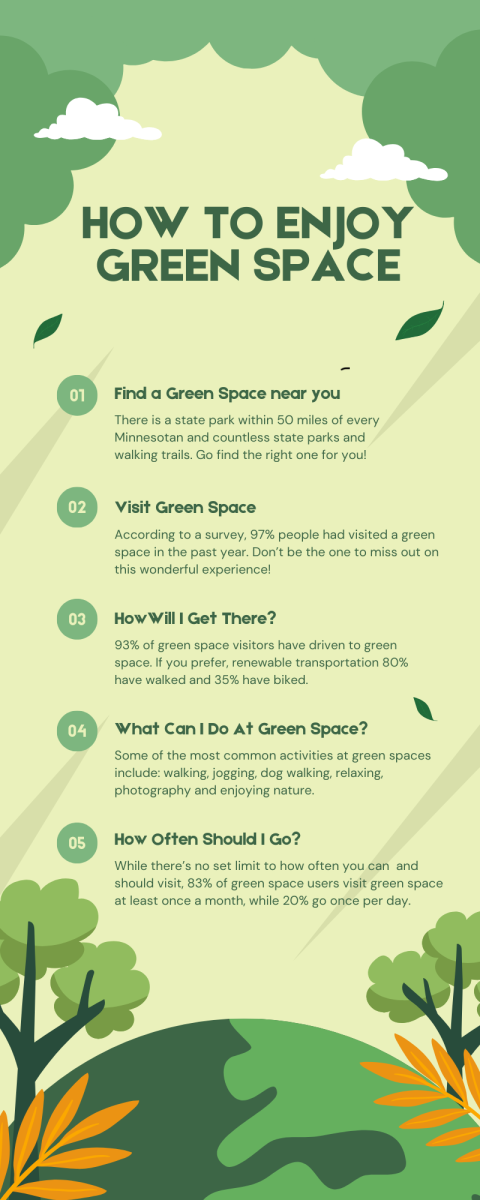
Breaking Open an Appreciation for Green Space
It was a warm summer day like any other. The sizzling Minnesotan sun was mercilessly cooking our flesh as we lined up. Despite my small stature, I was not afraid. I may have been outmatched by 4 years in age 7 inches in height, but I played with the veracity of a lion. For a second all was still. “Ready, set hut!” echoed throughout the park as I crouched down into my stance and read my opponent’s hips. He ran forward a few strides before planting his foot and cutting inside. I reacted as fast as I could, but alas, I was outmatched. The ball soared toward him; I could do nothing but watch. I moved as fast as my eight-year-old body would take me. Although I gave up the catch, I would not let him score. I bolted toward the receiver, my neighbor, as fast as my body would let me. Coincidentally my older brother had decided that he too would be the one to make the stop. As I wrapped myself around my neighbor from behind, my brother threw himself at him from the front. My neighbor was able to slide past my brother, causing him to fly into me. He collided with my legs. Before I could even attempt to move away, I felt something snap. Instantly I fell over in the most intense pain I had ever felt in my life. I burst into tears as my brother and everyone else hurried over to see what happened. Between sobs, I tried to explain what had happened. Once my brother saw the extent of my suffering, he hopped on his bike and raced home to tell our mom what happened.

Without green spaces, I might have lived my life without knowing what it’s like to break your ankle, but I don’t feel that is a good thing. It was almost every day our gaggle of guys would spend at the local park throwing the pigskin, being reckless kids. The five, six, or seven of us were different in so many ways, but it didn’t matter in the slightest. Some of us, (me) were at least 2 years younger than everyone else. Some of us went to Minnetonka and some of us went to Chanhassen. Some of us played organized football and some of us didn’t. Despite our many differences, we would still have the time of our lives out in the park. It was the perfect place for us. It had drinking fountains for us to refuel between plays, a portajohn to relieve ourselves, and plenty of shade to cool off. Most importantly, it had space. We all lived on a thin strip of land on Lake Minnewashta, so although we were lucky enough to live on the lake, none of us had a backyard big enough or flat enough to play our games.
In addition to us goofballs, the park was home to many other activities as well. It was where I had all my rec-soccer practices; there were always a couple of people walking their dogs around its paved path. On weekends, there were often organized games of pickup basketball going at the cement court in the middle and there was guaranteed to be a group putting the tennis courts to good use.
For so many people, that park, Roundhouse Park was and still is the go-to area for their outdoor activities. And it’s not exclusive. Roundhouse is one of hundreds, if not thousands, of parks spread out across Minnesota that allow us to spend our time immersed in the outdoors.







